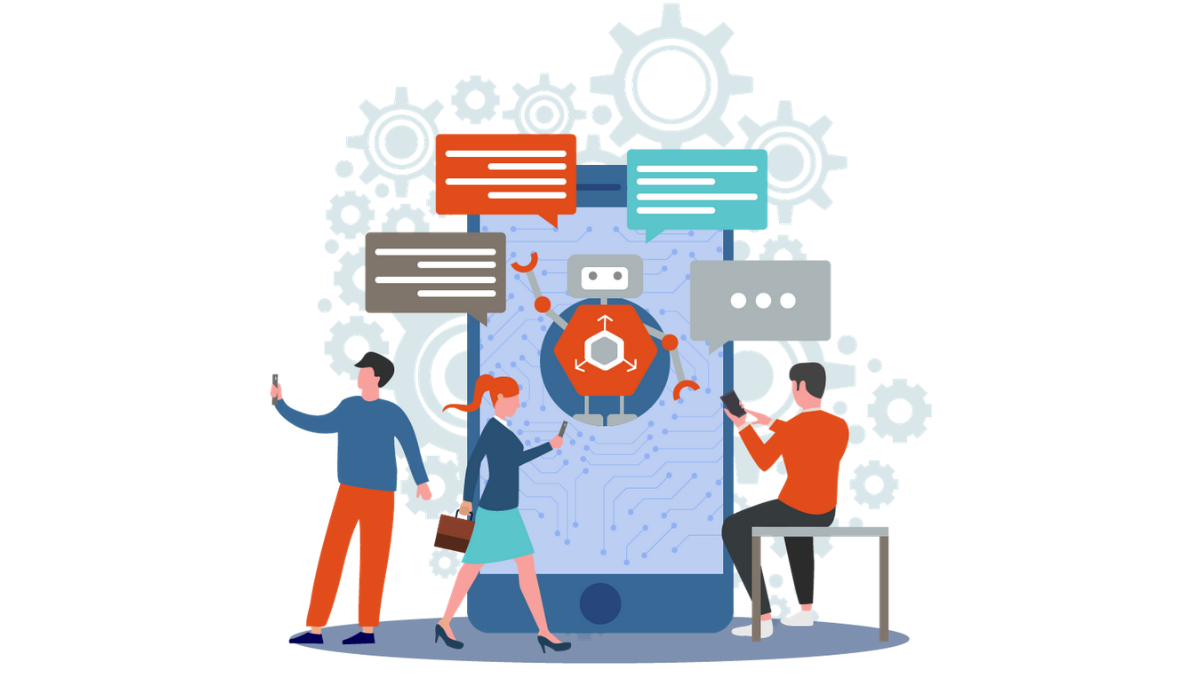
Chatbots have been around for a few years. We’ve all had bad experiences. A large proportion of chatbots have failed to achieve their intended value. We look at five key causes of chatbot failure. Too often, development teams charge ahead, caught up in hype, and deploy something that users don’t actually need. Too many chatbots in production increase the number steps or time to complete an action, thereby increasing UX friction. There is no point building an earth shattering solution if the value of the chatbot is not communicated to users, who may be content with their existing way of working.
Too often, development teams charge ahead, caught up in the hype, and deploy something that users don’t actually need. Too many chatbots in production increase the number steps or time to complete an action, thereby increasing UX friction.
Chatbot personality is not defined. Research by Tuva Lunde Smestad has found that personality plays an important part in how users perceive chatbots. A misaligned, generic, or undefined chatbot personality has a detrimental effect on user experience.
Conversation flow is too unstructured for natural language processing (NLP) We can never truly predict what users might say in the real world. Sacrificing some of that ‘cool’ free flow conversation in favor of buttons may pay off in the form of task completion rates.
Adoption strategy has not been considered by chatbot developers. Humans are creatures of habit, and convincing them to use a new tool can be difficult. As such, a comprehensive adoption strategy is imperative.
No amount of testing will prepare you for how your chatbot will be used in the real world. Conversations should be analyzed to understand success/completion rates. Platforms like Watson Assistant allow you to track basic KPIs and train the NLP model.
Auto209